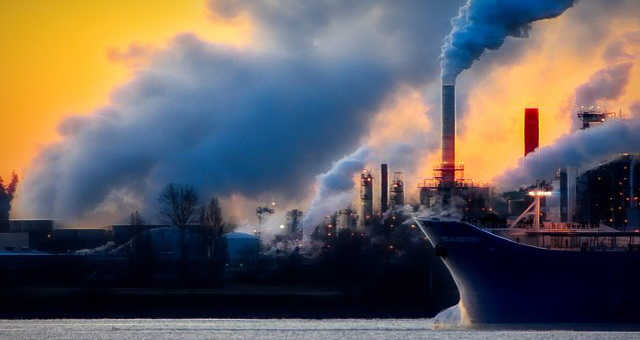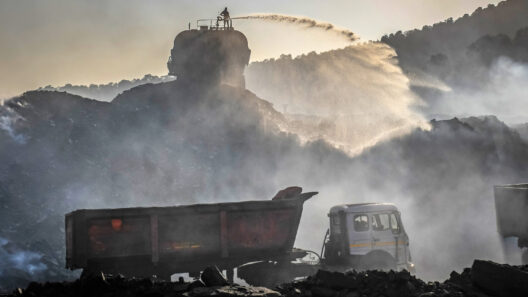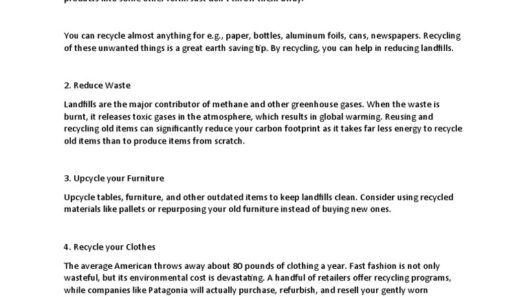The conundrum of climate change is woven intricately with the production practices of heavy industries, especially the steel manufacturing sector. As we venture into the heart of this economic giant, it becomes imperative to understand how these processes interrelate with our environmental predicaments. Steel, a cornerstone of modern infrastructure and manufacturing, stands as a principal offender in the milieu of greenhouse gas emissions, propelling humanity deeper into the climate crisis.
The steel industry plays a pivotal role in global construction, automotive manufacturing, and a multitude of goods. However, this utility comes at a substantial environmental cost. The sheer scale of steel production contributes significantly to carbon dioxide (CO2) emissions, which are a primary driver of global warming. Ancient methods, combined with modern demands for efficiency, have resulted in a system steeped in complexities, but these complexities also present opportunities for transformative change.
Globally, the steel sector accounts for approximately 7-9% of total CO2 emissions. To contextualize this figure, it is vital to recognize that the emissions from steel manufacturing exceed the entire annual output of emissions from many countries. The emissions largely stem from the reduction of iron ore into pig iron using non-renewable energy sources, particularly coal in blast furnaces. This methodology is not only antiquated but also exceptionally carbon-intensive.
Research indicates that a typical integrated steel mill produces around 1.8 tons of carbon dioxide for every ton of steel manufactured. This statistical revelation uncovers the urgency for a paradigm shift in how steel is produced. The reliance on metallurgical coal not only poses a significant environmental threat but also poses a challenge for global warming mitigation strategies. As economies grow, so does the demand for steel, creating an urgent need for innovation in production techniques.
One promising avenue lies in the adoption of electric arc furnaces (EAFs), which utilize recycled steel rather than virgin iron ore. This method can reduce emissions drastically—by up to 75%. The circular economy principles championed by EAF technology offer a path toward decoupling steel production from carbon outputs. However, the transition is fraught with challenges, particularly in regions heavily reliant on the traditional blast furnace method.
Moreover, the steel industry is notorious for its substantial water footprint and its contribution to air pollution, including particulate matter and sulfur oxides. The emissions from the steel production process can subsequently lead to environmental degradation, affecting local biodiversity and air quality. Efforts to curtail emissions through newer technologies often encounter resistance due to economic implications, particularly for workers who are reliant on established and traditional manufacturing paradigms.
The evolution of steel production cannot be divorced from the global context of climate change agreements. The Paris Agreement emphasizes the necessity of reducing fossil fuel dependency worldwide. Steel manufacturers have a complex relationship with these mandates, as the navigation between profit margins and environmental responsibility poses an intricate challenge. In the realm of corporate responsibility, companies are increasingly awakening to their role in climate stewardship. By incorporating sustainable practices, they may mitigate their environmental impacts while still satisfying global demand.
Furthermore, innovation extends beyond the production methodologies themselves. The exploration of alternative raw materials, including hydrogen or biogenic fuels, presents an exciting frontier that could revolutionize the industry. Hydrogen, when used in steelmaking, produces water vapor instead of CO2, showcasing a profound shift in the energy paradigm undergirding steel production. The feasibility of hydrogen as a dominant fuel source in the industry depends heavily on advancements in renewable energy infrastructure and economic incentives from governments.
Shifting perspectives is paramount in this discourse. For far too long, the steel industry has been regarded solely through the lens of its economic utility. This myopic view neglects the broader environmental implications of its operations. Public awareness and advocacy can catalyze significant changes within the industry. Consumers are beginning to demand transparency regarding the carbon footprint of the products they purchase, including steel. This tectonic shift in consumer behavior can motivate manufacturers to adopt greener practices.
An integral part of the solution involves fostering a robust ecosystem of support for research and development in green materials and processes. Collaborative efforts between governments, industry stakeholders, and academia can ignite innovation. This proverbial trifecta can push the boundaries of traditional manufacturing while adhering to the principles of sustainability. By investing in cleaner technologies and processes, industries can position themselves as leaders rather than laggards in the fight against climate change.
In conclusion, the steel industry’s contribution to global warming is a multifaceted issue that demands immediate attention. As civilization grapples with the dire consequences of climate change, understanding and mitigating the environmental footprint of steel production is imperative. The transitions to low-emission technologies, coupled with an embrace of circular economy principles and innovative materials, hold promise for shaping an environmentally responsible future. It requires a cohesive effort from all sectors of society to reconstruct our industrial framework, ensuring that steel—not just a symbol of strength—becomes a beacon of ecological reform. The path forward calls for an incursion into sustainability that can reconcile humanity’s industrial ambitions with the imperative to safeguard our planet.








